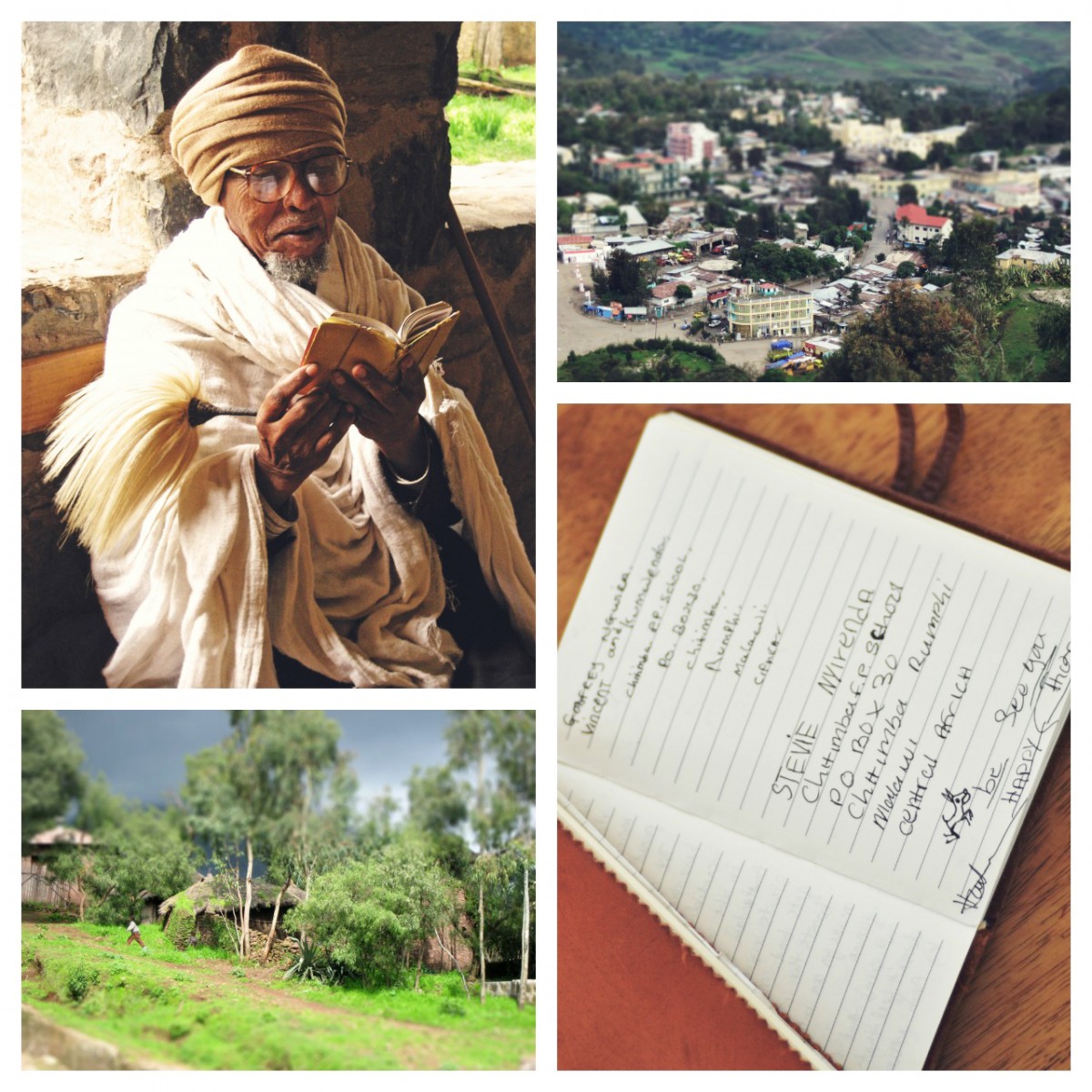Pictures In Malawi: Erika Lafrennie
They were so happy at the suggestion that I immediately realized it was something I would do on each trip from that point forward. Over the years, I have transitioned from shooting film to shooting digital. The look of pure joy on people’s faces when they could see their own image on my camera’s LCD screen was so incredibly rewarding. It also gave me a glimpse into the pleasure they must experience upon receiving that package in the post.
Through numerous countries and across countless cultures, the ability to show someone what they look like has broken down any and every communication barrier that might have existed otherwise. I remember driving into one Hamer village in Ethiopia. The young women of the tribe immediately gathered around the vehicle clamoring for a peek into the side view mirrors, primping and smoothing down their braids saturated with ochre, clay, and butter. Although we could not have been more different, in that moment it was obvious that young women the world over share more than it would seem. It broke the ice, and I spent a wonderful evening in that village despite not speaking a word of Hamer-Banna or Amharic.
I was so excited when I discovered the Prints for Prints project, as I can truly appreciate what this opportunity will mean to so many in rural communities around the world. Even beyond the importance of giving people the gift of holding a photograph in their hands, I believe this work is also incredibly important for its ability to record and preserve the richness of our story in the present moment.
This same region of Ethiopia – the Omo River Valley in the southwest- is so culturally rich and singularly unique that UNESCO declared it a World Heritage Site in 1980. Despite this, a combination of government-run projects and the natural spread of modernization are threatening survival in the region. Tribal culture and identity – not the external façade that could remain a tourist attraction, but the very fabric of identity that makes up these unique cultures – is being threatened as much as the land they occupy. One day in the not too distant future, it is possible that all that will remain of these colorful tribes will be photographs.
So ”bravo!!” to Joni Kabana and the rest of the Prints for Prints crew. This is such a beautiful project, and a wonderful idea. I know exactly how much joy this can bring, as well as the unparalleled magnitude of capturing that which is endangered or fleeting. I hope that I will be able to travel with them one day, and I will be taking a portable printer along with me from now on. Keep up the good work!
Erika Lafrennie, Winchendon, Massachusetts, USA
